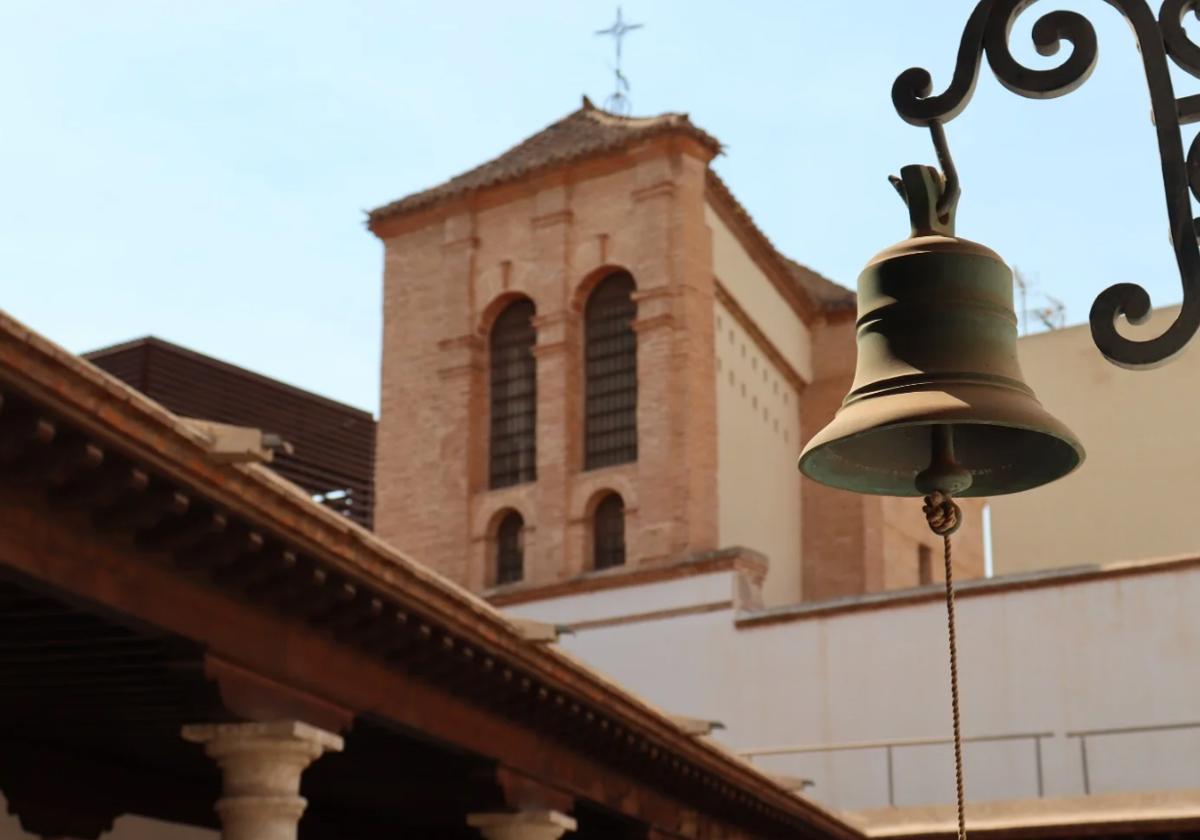Discover Almeria province's monasteries and convents
How many are there? Where are they and which ones can be visited?
E. Gabriel Llanderas
Almería
Friday, 23 May 2025, 17:18
Almeria province is home to an important religious legacy with hidden monasteries and convents that date back centuries and have witnessed many historical events. But just how many are there in the province? SUR's sister paper, IDEAL Almeria, takes a look at the past and present of these spiritual and historic places.
What is a monastery and how does it differ from a convent in Spain?
While in English a monastery is generally used for a building that houses a community of monks and a convent tends to be applied only to nuns, particularly communities of teaching or nursing religious sisters. However, in Spanish the two terms can be confused: a monastery is a male or female religious community where monks or nuns live in enclosure and lead a life of prayer, contemplation and work. They are usually isolated and self-sufficient.
A convent, on the other hand, is a religious building where the friars or nuns are more involved with the outside world: teaching, caring for citizens, parishes, etc. Convents are usually located in towns and cities and their contact with society is more direct.
Monasteries and convents in Almeria
Almeria province is home to monasteries that are preserved in perfect condition, although others are little more than ruins. Among the most outstanding are:
Monasterio de las Puras (Almeria city)
Also known as Convento de las Puras, it is located in the heart of the historic centre, just a few metres from the Cathedral. This female cloistered monastery dates from the 16th century and was promoted by three female figures: Beatriz de Silva, Teresa Enríquez and Queen Isabella the Catholic. Today, it is still inhabited by nuns from the community of Franciscan Conceptionists of Almeria. It is one of the few spaces of active contemplative life in the city and can be visited.
Monasterio de las Claras (Almeria city)
Like Las Puras, the Monasterio de las Claras is also known as a convent. It is located between Calles Jovellanos, Mariana, Marín and Plaza de la Constitución. Declared a Historic-Artistic Monument, it dates from the 18th century, although a large part of it was burnt down in the Spanish Civil War and, although it was later rebuilt, only the church remains from the original construction.
Convento de las Adoratrices (Almeria city)
The building, designed by the Almeria architect Enrique López Rull, has recently made headlines, as the residents of the area where it is located, in Calle Gran Capitán in El Quemadero, have denounced the demolition of the wall. This convent was home to the Adorers, who arrived at the beginning of the 20th century and took in and cared for women in vulnerable situations. From 1995 it became an educational centre and some years later it ceased to be used and was abandoned.
Monastery of Santo Domingo (Almeria city)
This convent of the Dominican order was founded in 1495 by the Catholic Monarchs and, shortly after its inauguration, work was carried out to replace the original Islamic buildings with new ones.
It became very important in 1502, when an image of Our Lady of the Sea is said to have been found among the remains of a shipwreck. The image soon became one of the most popular devotions in the city and ended up, some time later, being the patron saint. In 1835, the convent ceased to exist, due to Mendizábal's exclaustration decrees, and today the church is preserved, while the annexed areas are the current School of Art.
Convento de San Pascual Bailón (Laujar de Andarax)
In Laujar de Andarax are some ruins that belonged to the congregation of the Barefoot Franciscans and were the Convent of San Pascual Bailón, built at the end of the 17th century. Its closure was caused by the disentailment of Mendizábal, which was followed by its transfer to private hands and its subsequent total abandonment. Since then it began a process of progressive deterioration and is now little more than a ruin.
The convents and monasteries of Almeria bear witness to an era of religious devotion and a wide variety of architectural styles. Although only ruins remain of some of them, others can be visited.
